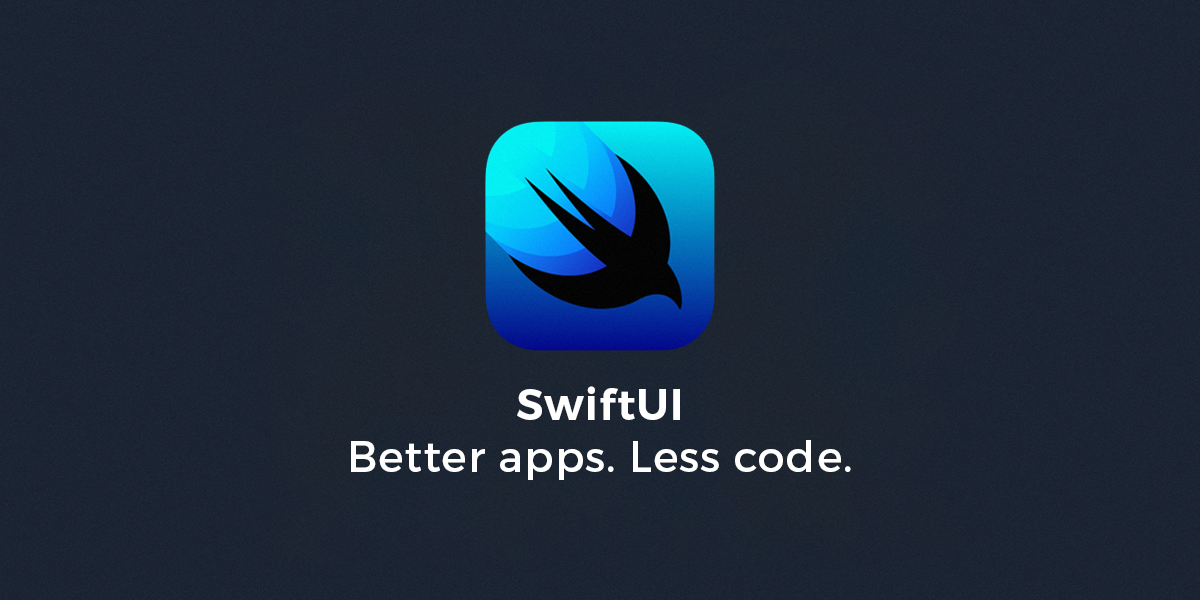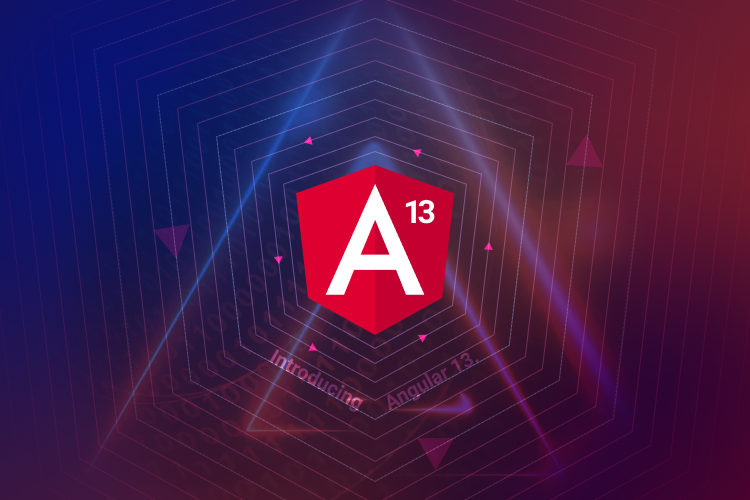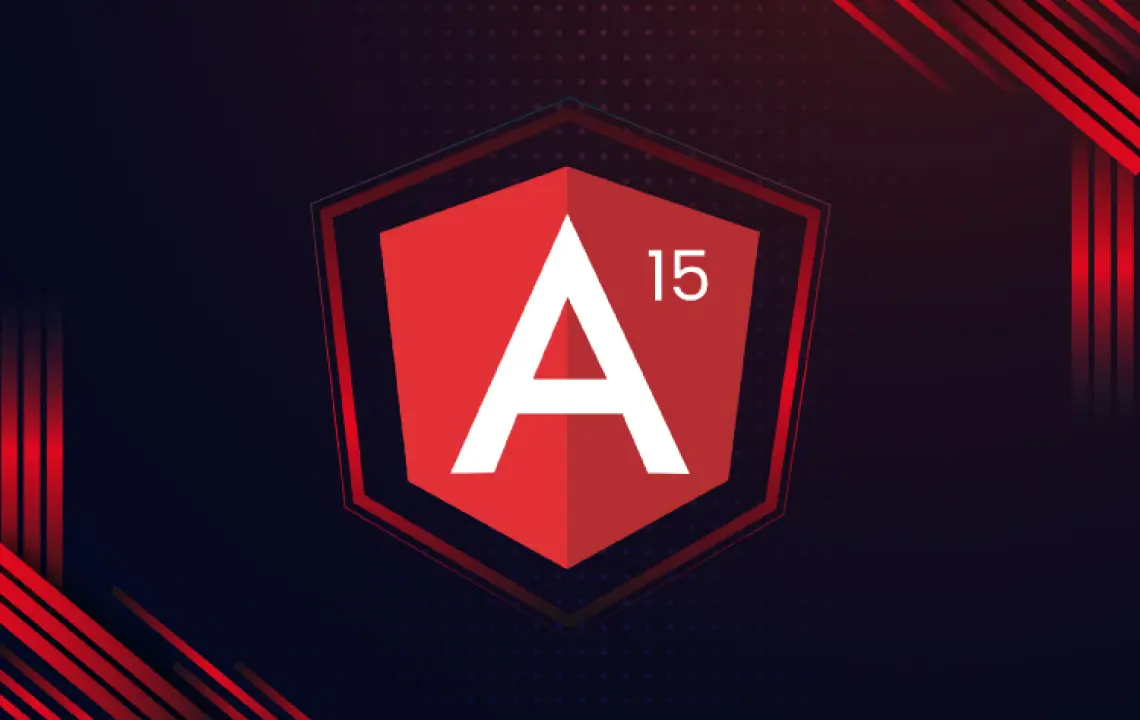SwiftUI – Apple’s Newest UI Framework for All Apple Platforms
- Updates
- June 6, 2019
Apple, at WWDC Developer Conference 2019, launched the SwiftUI framework, a new bunch of APIs and tools for creating user interfaces for every Apple device powered by iOS, MacOS and more.
SwiftUI has been described by Apple as a new example for UI development with its Swift language which assists an easy declarative syntax which makes code easier to understand and write.
SwiftUI offers a way of creating interfaces across every Apple platform with a set of iOS and MacOS APIs. The UI framework functions with Xcode design tools for design and coding synchronization. Assistance is given for capacities like localization, dynamic type, and availability. Created with the Swift language, its UI framework is accessible in the Xcode 11 beta IDE.
Basic Features of SwiftUI Framework
Key features of SwiftUI framework are as follows:
1. Declarative Syntax
SwiftUI utilizes a declarative syntax so you can just command what your user interface must do. For instance, you can write that you need some items containing text fields and then explain color, font, and alignment for every field. Your code is easier to read than before, sparing your maintenance and time.
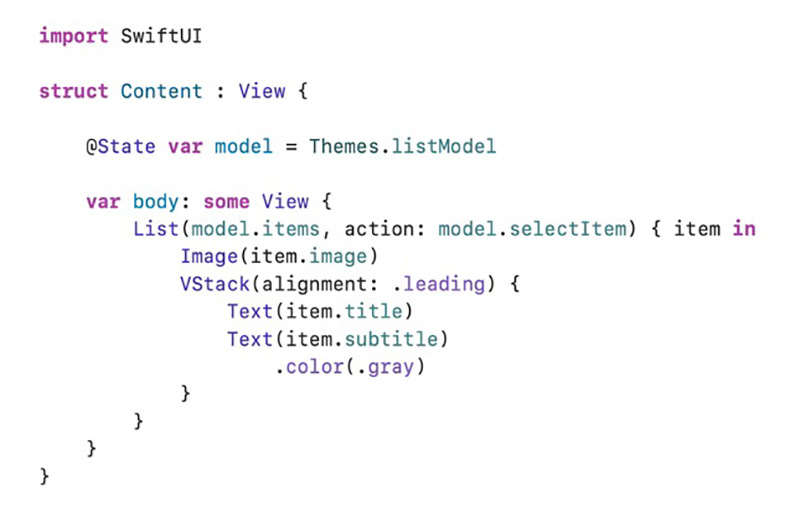 In fact, this declarative style implements to tricky concepts like animation. Simply add animation to nearly every control and select a set of ready-to-utilize effects with just some code lines.
In fact, this declarative style implements to tricky concepts like animation. Simply add animation to nearly every control and select a set of ready-to-utilize effects with just some code lines.
The system manages all steps at runtime required for making a seamless movement and handles interference for keeping the app constant. With this much simple animation, you will seek new ways of making the app come alive.
2. Design Tools
New intuitive design tools from Xcode 11 offer drag-and-drop UI development with SwiftUI framework. When you function with the design canvas, all you edit totally synchronize with the code in the adjacent editor.
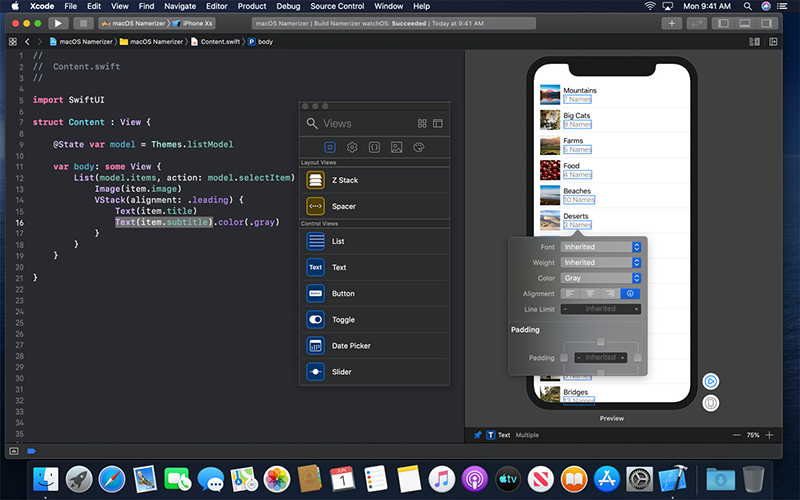
Code is immediately visible as a preview when you type and every change you create to that preview instantly appears in the code.
Xcode recompiles all changes you make and puts them into your app’s running version, making it editable and visible at every time.
3. Native on Every Apple Platform
SwiftUI was made on experience of building the most intuitive and innovative user interface in the globe. Users prefer everything about Apple ecosystems like platform-specific experiences and controls and this is presented precisely and perfectly in your code.

SwiftUI is really native; hence, all apps access the advanced technologies of all platforms directly with an interactive design canvas and a small amount of code.
4. Availability of Many Previews
Developers can create one or numerous previews of SwiftUI views in order to get configure capacities and sample data for users like localization, fonts, a color scheme, or Dark Mode designed for iOS 13.
An Arise Of Swift Evolution for Apple Platforms
Developers can integrate SwiftUI with views from objects from the WatchKit, AppKit or UIKit framework for assisting platform-specific performance. You can find guidelines to get started with SwiftUI in Xcode at the official website of Apple.
Here, we have to note that the declaration of SwiftUI is really helping Swift developers join the Swift evolution changes – opaque return types, constant returns for single-expression functionalities, and Swift style guide (which is not yet approved) all appear as they would really help make SwiftUI function more seamlessly.
